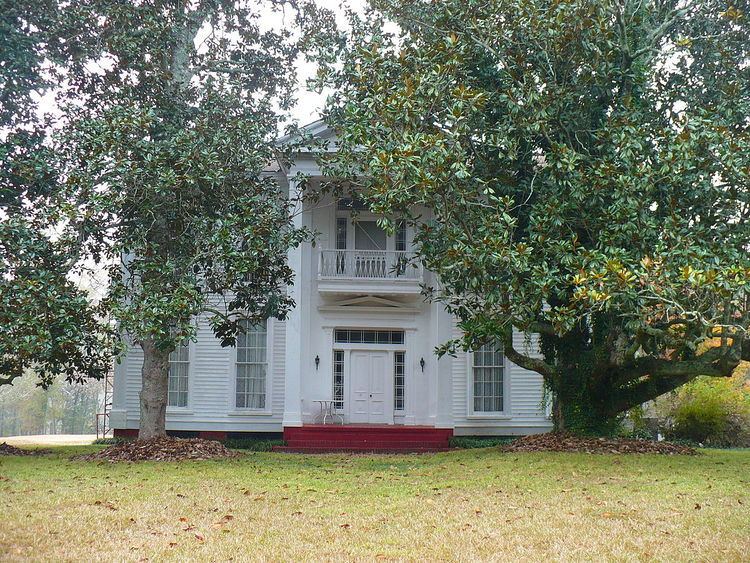Built 1848 Opened 1848 Added to NRHP 7 July 1994 | NRHP Reference # 94000687 Area 5 ha | |
 | ||
MPS Plantation Houses of the Alabama Canebrake and Their Associated Outbuildings Multiple Property Submission Similar Cedar Grove Plantation, Cuba Plantation, Allen Grove, Half Chance Iron Bridge, Foscue–Whitfield House | ||
The William Poole House, also known as the William Cade Thompson House, is a historic plantation house and historic district in Dayton, Alabama. The Greek Revival style house was completed in 1848. It and the surrounding grounds were added to the National Register of Historic Places on July 7, 1994 as a part of the Plantation Houses of the Alabama Canebrake and Their Associated Outbuildings Multiple Property Submission.
History
The house was built by John D. Catlin for his ward, Sarah Altona Terrell, and her husband, William Cade Thompson. He had it built as a wedding gift and to serve as their residence following their marriage on August 10, 1847. Catlin was one of Alabama's first millionaires, owning three plantations, a townhouse, and 179 slaves in 1850. The house remained in the Thompson family for less than a decade, with William Thompson dying on May 25, 1854 and Sarah following him on July 6, 1856. The house was then purchased by the Browning family, who held it until it was sold to the Watlington family in September 1882. They, in turn, sold it to David Miller Prowell on July 14, 1917. It remained in that family until 1959. It was purchased by Mr. and Mrs. William Poole in 1978. They completed an extensive restoration of the home.
